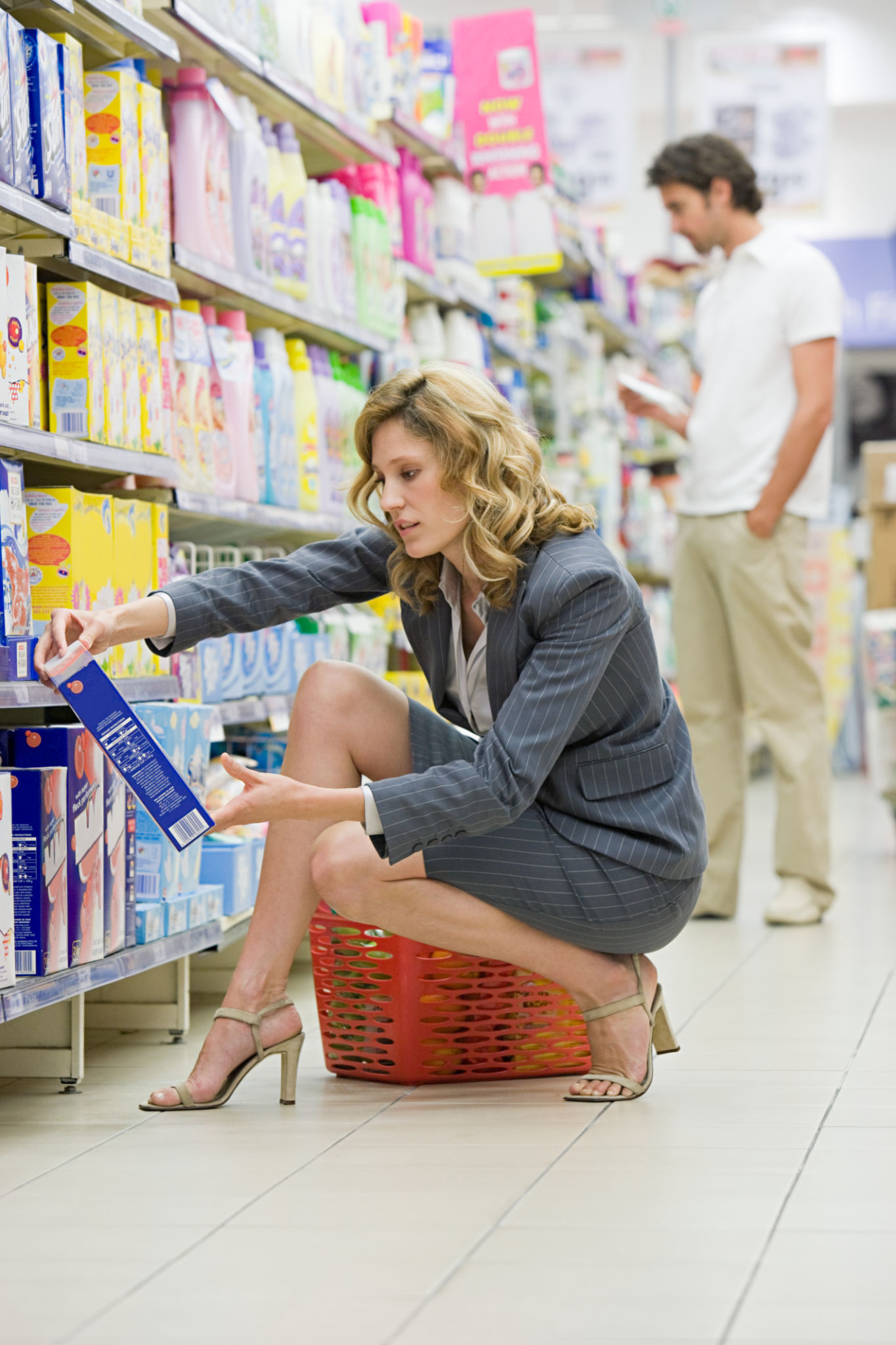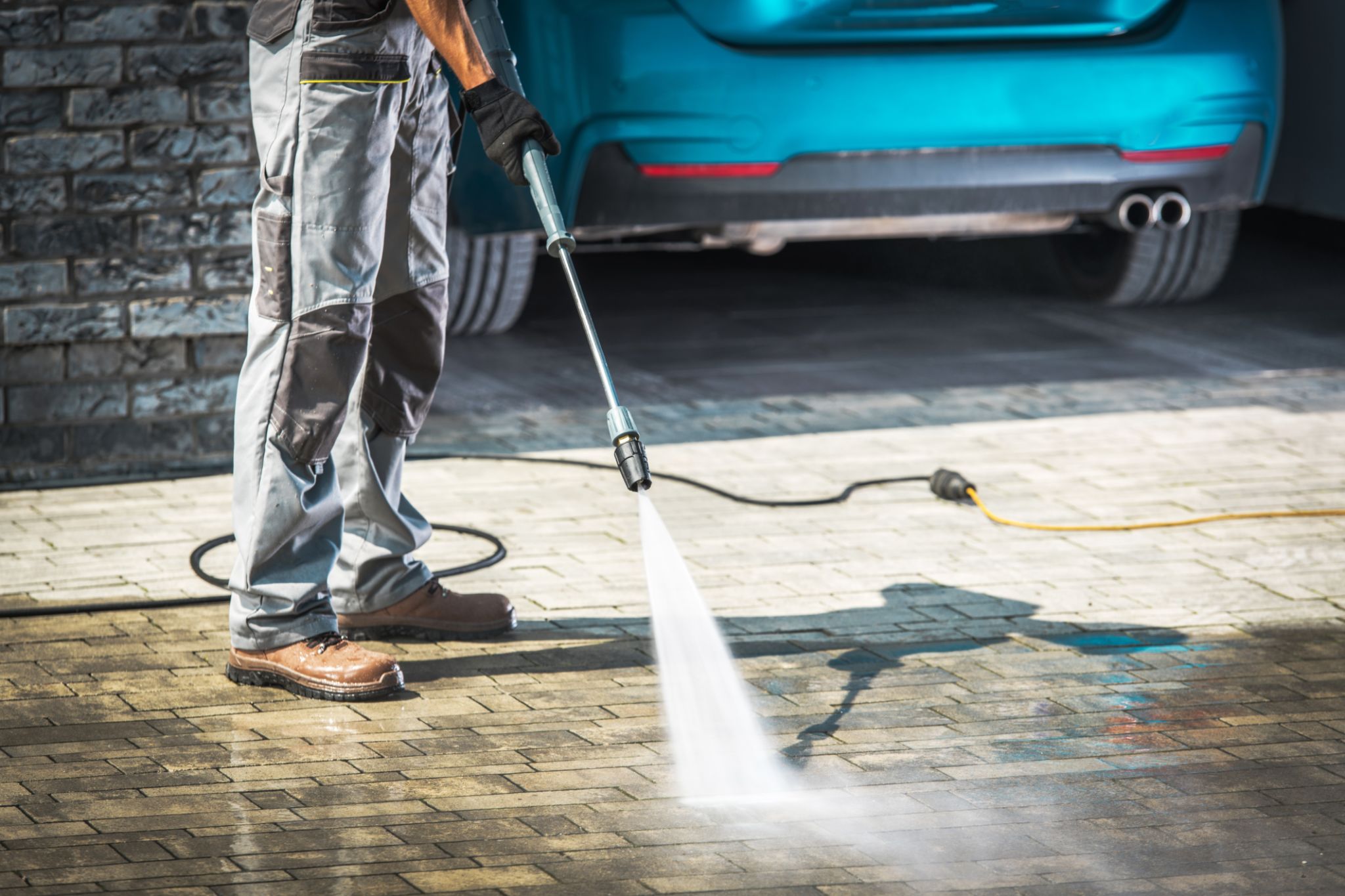DIY Pressure Washing: How to Safely Clean Your Driveway and Patio
Tl
Understanding the Basics of Pressure Washing
Pressure washing is an effective method for cleaning driveways and patios, but it's important to understand the equipment and techniques to use it safely. A pressure washer uses a high-pressure water spray to remove dirt, grime, mold, and other unwanted substances from surfaces. When used correctly, it can restore your outdoor areas to their former glory.
Choosing the right pressure washer is essential for the task. They come in both electric and gas models, with varying pressure levels measured in PSI (pounds per square inch) and GPM (gallons per minute). For driveways and patios, a machine with at least 2000 PSI and 2.5 GPM is recommended.

Preparing Your Work Area
Before you begin pressure washing, it's crucial to prepare your work area. Start by removing any obstacles such as vehicles, furniture, or planters from the driveway or patio. This ensures that you have a clear space to work and prevents any accidental damage.
Next, sweep the surface to remove loose debris and dirt. You might also want to apply a degreaser on oil stains and let it sit for a few minutes to help break down stubborn spots. Remember to wear appropriate safety gear such as gloves, goggles, and non-slip shoes during preparation and cleaning.

Executing the Cleaning Process
Once your area is prepped, it's time to start pressure washing. Follow these steps for safe and effective cleaning:
- Test the Pressure: On an inconspicuous spot, test the pressure washer to ensure it won't damage the surface.
- Start at a Distance: Begin spraying from a distance of about 3-4 feet away from the surface and move closer if needed.
- Use a Consistent Motion: Move the wand in a sweeping motion, maintaining a consistent distance from the surface.
- Overlap Strokes: Overlapping each stroke ensures even coverage and prevents streaking.

Specific Tips for Driveways
When cleaning driveways, pay extra attention to any oil or grease stains. These may require additional treatment with a specialized cleaner or multiple passes with the pressure washer. Be mindful of your driveway's material; for example, concrete can withstand higher pressures than asphalt.
Caring for Patios
For patios, especially those made of wood or stone, it's important to adjust the PSI accordingly to avoid damage. A wider spray angle can be beneficial for delicate surfaces. After washing, consider applying a sealant to protect against future stains and weather damage.
Post-Cleaning Maintenance
After you've finished pressure washing, take time to rinse off any remaining detergent or debris thoroughly. Allow the surfaces to dry completely before moving furniture or vehicles back into place. Regular maintenance will help keep your driveway and patio looking pristine longer.
If you notice any damage during cleaning, such as cracks or chips, address these issues promptly with repairs to prevent further deterioration. Investing in routine inspections and cleanings will not only enhance curb appeal but also extend the lifespan of your outdoor areas.